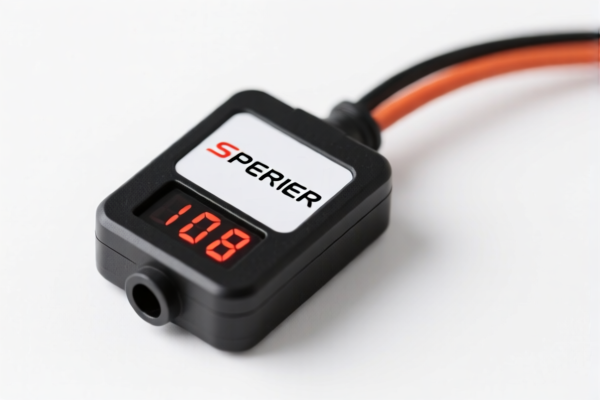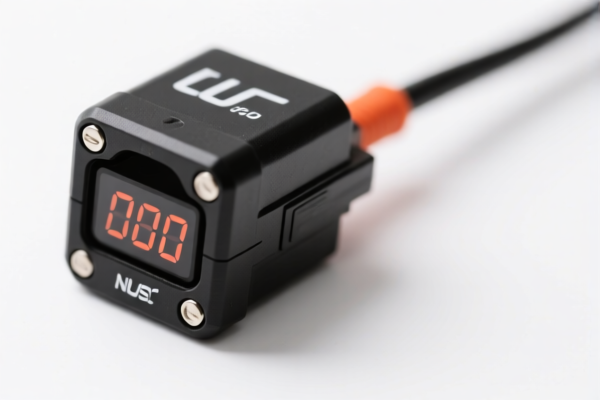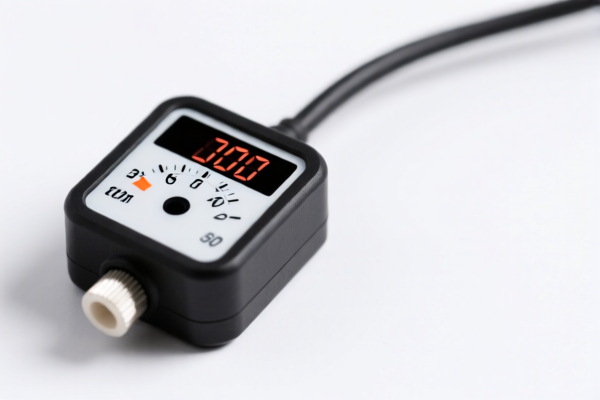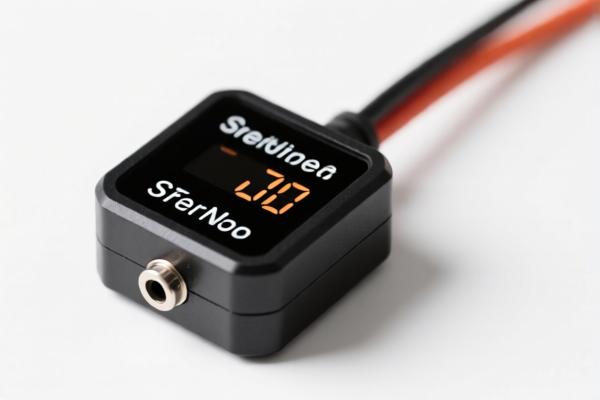| HS Code | Official Doc | Tariff Rate | Origin | Destination | Effective Date |
|---|---|---|---|---|---|
| 8535100020 | Doc | 57.7% | CN | US | 2025-05-12 |
| 8535100040 | Doc | 57.7% | CN | US | 2025-05-12 |
| 8537109170 | Doc | 57.7% | CN | US | 2025-05-12 |
| 8537109160 | Doc | 57.7% | CN | US | 2025-05-12 |
| 8538906000 | Doc | 58.5% | CN | US | 2025-05-12 |
| 8538908160 | Doc | 58.5% | CN | US | 2025-05-12 |
| 8536410020 | Doc | 57.7% | CN | US | 2025-05-12 |
| 8536410030 | Doc | 57.7% | CN | US | 2025-05-12 |




Speed Switch
A speed switch is a component used to select different operating speeds in a machine or device. These switches are employed across a broad range of applications where variable speed control is necessary or desirable.
Material:
Speed switches are typically constructed using materials suited to the electrical loads and environmental conditions they will encounter. Common materials include:
- Plastic: Often used for housings and switch bodies in lower-power applications. Common plastics include nylon, polycarbonate, and ABS.
- Metal: Used for housings, levers, and contact points in higher-power applications or environments requiring greater durability. Common metals include steel, brass, and aluminum.
- Contact Materials: Silver-cadmium oxide, copper alloys, and other conductive materials are used for switch contacts to ensure reliable electrical connection.
Purpose:
The primary purpose of a speed switch is to allow the user or a control system to easily change the operating speed of a motor, fan, pump, or other device. This can be used for:
- Optimizing Performance: Selecting the appropriate speed for a given task can improve efficiency and reduce wear.
- Energy Savings: Lowering the speed when full power is not needed can reduce energy consumption.
- Process Control: Variable speed control is essential in many industrial processes.
- User Comfort: Adjusting fan speeds for desired airflow or pump speeds for water pressure.
Function:
Speed switches operate by altering the electrical connection to the motor or device, typically by changing the voltage or frequency supplied. Common mechanisms include:
- Tapping: Switches that select different voltage taps on a transformer to provide different speeds.
- Resistance: Switches that insert different resistances into the motor circuit to control speed.
- Electronic Control: Switches that signal an electronic controller to adjust the motor speed using techniques like Variable Frequency Drives (VFDs).
Usage Scenarios:
- HVAC Systems: Controlling fan speed in furnaces, air conditioners, and ventilation systems.
- Power Tools: Selecting different speed ranges for drilling, sanding, and cutting.
- Industrial Machinery: Controlling the speed of motors in conveyors, pumps, and mixers.
- Automotive: Controlling fan speed in cooling systems and windshield wipers.
- Household Appliances: Controlling fan speed in ceiling fans, exhaust fans, and washing machines.
Common Types:
- Rotary Switches: Offer multiple speed settings selected by rotating a knob or lever.
- Push Button Switches: Use multiple push buttons to select different speed settings.
- Slide Switches: Use a sliding lever to select different speed settings.
- Digital Switches: Electronic switches with digital displays and controls.
- Tapping Switches: Specifically designed for selecting different voltage taps on a transformer.
- Multi-pole Multi-throw (MPMT) Switches: Used in more complex applications requiring multiple speed and direction control options.
Based on the provided information, “speed switch” can be classified under several HS codes, depending on its voltage and specific function. Here's a breakdown:
-
8536410020: Electrical apparatus for switching or protecting electrical circuits, or for making connections to or in electrical circuits (for example, switches, relays, fuses, surge suppressors, plugs, sockets, lamp-holders and other connectors, junction boxes), for a voltage not exceeding 1,000 V; connectors for optical fibers, optical fiber bundles or cables: Relays: For a voltage not exceeding 60 V Other: With contacts rated at less than 10 A: Electromechanical. This code applies if the speed switch functions as a relay with a voltage of 60V or less and has contacts rated below 10A.
- Chapter 85: Electrical machinery and equipment.
- Heading 8536: Electrical apparatus for switching or protecting electrical circuits.
- Subheading 853641: Relays for a voltage not exceeding 60 V.
- Subheading 8536410020: Specifically for electromechanical relays with the specified voltage and contact rating.
-
8536410030: Electrical apparatus for switching or protecting electrical circuits, or for making connections to or in electrical circuits (for example, switches, relays, fuses, surge suppressors, plugs, sockets, lamp-holders and other connectors, junction boxes), for a voltage not exceeding 1,000 V; connectors for optical fibers, optical fiber bundles or cables: Relays: For a voltage not exceeding 60 V Other: With contacts rated at less than 10 A: Other. This code applies if the speed switch functions as a relay with a voltage of 60V or less and has contacts rated below 10A, but is not electromechanical.
- Chapter 85: Electrical machinery and equipment.
- Heading 8536: Electrical apparatus for switching or protecting electrical circuits.
- Subheading 853641: Relays for a voltage not exceeding 60 V.
- Subheading 8536410030: Specifically for relays with the specified voltage and contact rating, excluding electromechanical types.
-
8535100020: Electrical apparatus for switching or protecting electrical circuits, or for making connections to or in electrical circuits (for example, switches, fuses, lightning arresters, voltage limiters, surge suppressors, plugs and other connectors, junction boxes), for a voltage exceeding 1,000 V: Fuses In circuits of 2,300 V or more. This code applies if the speed switch is a fuse designed for circuits of 2,300V or more.
- Chapter 85: Electrical machinery and equipment.
- Heading 8535: Electrical apparatus for switching or protecting electrical circuits.
- Subheading 853510: Fuses for voltages exceeding 1,000 V.
- Subheading 8535100020: Specifically for fuses in circuits of 2,300V or more.
-
8535100040: Electrical apparatus for switching or protecting electrical circuits, or for making connections to or in electrical circuits (for example, switches, fuses, lightning arresters, voltage limiters, surge suppressors, plugs and other connectors, junction boxes), for a voltage exceeding 1,000 V: Fuses Other. This code applies if the speed switch is a fuse designed for voltages exceeding 1,000 V, but not specifically in circuits of 2,300V or more.
- Chapter 85: Electrical machinery and equipment.
- Heading 8535: Electrical apparatus for switching or protecting electrical circuits.
- Subheading 853510: Fuses for voltages exceeding 1,000 V.
- Subheading 8535100040: Specifically for other fuses exceeding 1,000 V.
The applicable tariff for these HS codes is 57.7% (2.7% base tariff + 25.0% additional tariff, increasing to 30.0% after April 2, 2025).
Customer Reviews
The page gives a complete list of HS codes for speed switches and their tariff rates. It’s an invaluable resource for anyone exporting to the US.
The tariff rate of 57.7% is clearly mentioned, and the effective date is listed. I appreciate the clarity, even though the content is quite technical.
The material and function breakdown for speed switches was exactly what I needed. It helped me understand why my product falls under HS Code 8538906000.
The page has a lot of information, but I found it a bit overwhelming. I had to read through several sections to find the right HS code for my product.
I was looking for the tariff rate for HS Code 8535100020 and found it here. The information is clear and the links to the official docs are super helpful.